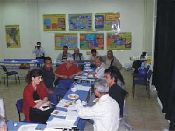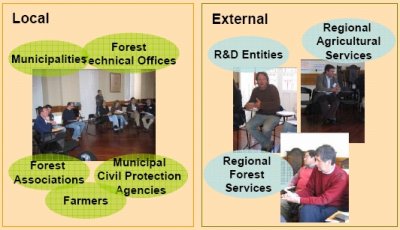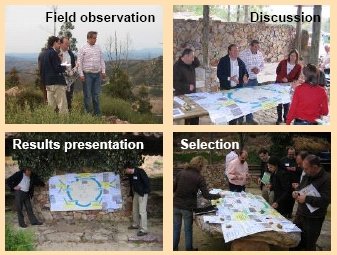|
Identifying strategies: Stakeholder Workshop 1 |
 |
|
NB This report also covers the Góis study site.
A report on the results of the first DESIRE stakeholder workshop held in Mação, Portugal, 14-15 March 2008.
|
The workshop objectives were:
1. to develop a mutual learning process between local and external stakeholders aroundland degradation and conservation processes;
2. to identify the already applied and the potential strategies to mitigate the desertification processes and;
3. to select the best technologies and approaches to be documented in WOCAT database.
|
|
In Portugal, forest fires are one of the major factors of land degradation processes. Affecting large areas every year, they also have serious human, socio-economic and psychological impacts. Two study sites were selected - Mação and Góis. Both sites are located in Central Portugal and are frequently affected by forest fires.
|
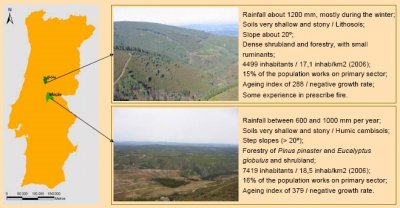 |
The stakeholders
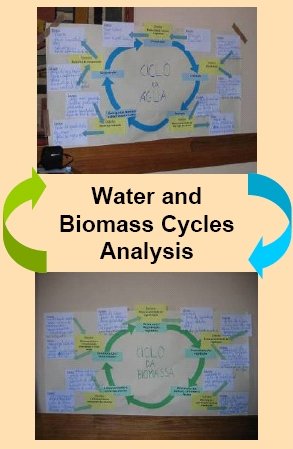 |
External factors identified
- Globalization and market policies;
- Agricultural and environmental policies, not only at the EU Community level but also at the national and local level;
- Low perception and knowledge about the local problems shown by technicians and policy makers;
- Inadequate laws and lack of their implementation and control;
- Changes on the social, economical and policy conjuncture;
- Human depopulation.
|
|
Indicators
|
|
|
|
of land degradation
- lack of vegetation;
- low vegetation regeneration;
- stony terrains;
- lack of water;
- several erosion forms;
- soils burned;
- some vegetation associations;
- decrease and ageing of the population;
- low public participation;
- lack of investment.
|
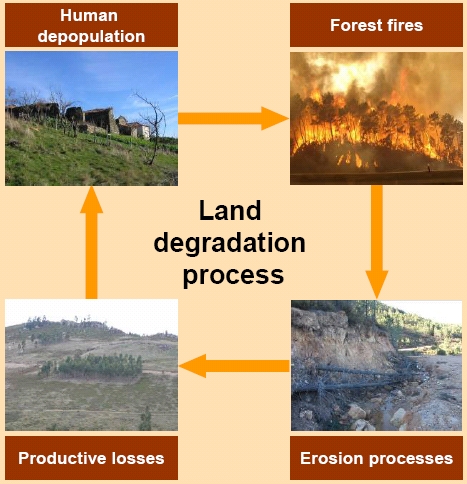 |
of land conservation
- good practices (contour planting, terraces, water points, walls, forest fire, combat and prevention infrastructures);
- tracks;
- cleaned terrains;
- existence of leisure areas;
- municipalities approach to these problems;
- conscientious and receptive population.
|
View photographs taken during the workshop
|

